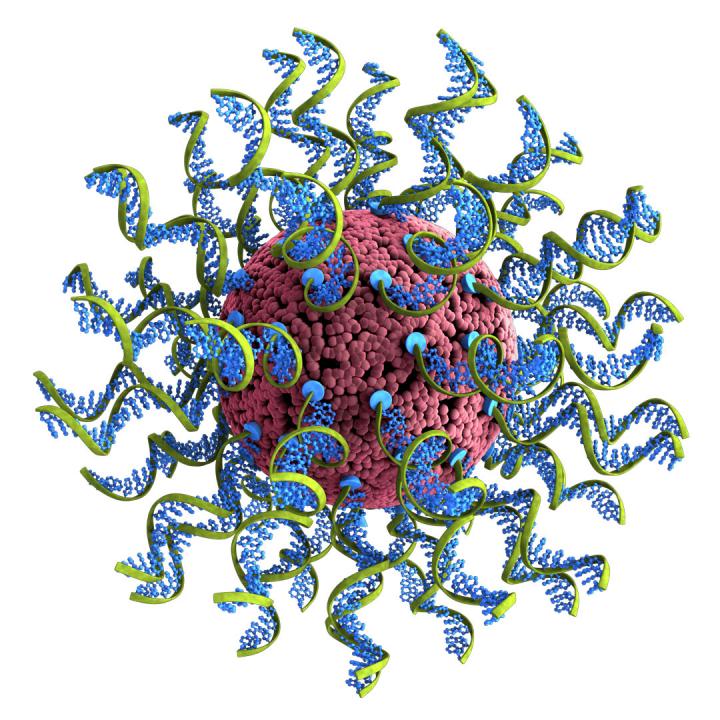Spherical nucleic acids (SNAs) are nanostructures that can treat an array of diseases. However, their particles need to be optimized before reaching their full potential.
The team of researchers at the Northwestern University has developed a method to analyze and optimize the SNA components. After changing the structure, they can serve as a viable treatment for a variety of diseases.
Nanomedicine Analysis of SNA Structures
The team at Northwestern University lead by Chad A. Mirkin published a new study in Nature Biomedical Engineering where they describe the optimization process. It consists of synthesizing, measuring and analyzing SNA structures. The method can screen 1,000 structures at a time with the help of SAMDI-MS technology.
SNAs are tiny structures made of round DNA and RNA particles on the outer part of nanoparticles. Scientists can design the SNA to treat diseases by personalizing genes and the activity inside the cells. The SNAs can then stimulate the immune system to work against genetic and neurological diseases, as well as various forms of cancer.
Prior to the newest method, researchers had a hard time optimizing SNAs because of their structure. Their molecular components can vary, thus impacting the immune response. Now that they analyzed the structures, they concluded that the variation leads to a certain activity that affects the SNAs and changes their efficacy. The stimulation of an immune response depends on the particle size and the placement of the DNA molecules on its surface.
Andrew Lee, assistant professor at the McCormick School of Engineering and the study’s co-author said that “With this new information, researchers can rank the structural variables in order of importance and efficacy, and help establish design rules for SNA effectiveness.”
What the Novel Approach Can Bring to Medicine
Mirkin is optimistic about the newest method and said that “This study shows that we can address the complexity of the SNA design space, allowing us to focus on and exploit the most promising structural features of SNAs, and ultimately, to develop powerful cancer treatments.”







